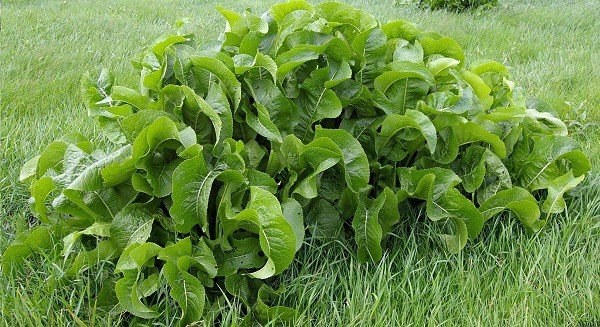Horseradish

The horseradish is a perennial herbaceous plant of the Cabbage family with strong fleshy roots. Its stem is erect, branched at the top, its height reaches 120 cm and it is hollow and grooved.
The leaves in the lower part of the plants are large, oblong or oval-oblong, toothed at the ends with a heart-shaped base.
The flowers of horseradish are white, bisexual and of regular shape. The flowering of the plant is in May and June. Its fruits are oblong-oval and are in a pod that gradually increases in size.
Close to horseradish are mustard, watercress and radishes. There are various assumptions about the origin of horseradish. It was known to the ancient Romans, Greeks and Egyptians.
The plant spreads easily and is now found wild in many countries, including Bulgaria. Most botanists believe that horseradish originates from the territories of today’s Russian Federation.
For therapeutic purposes, the roots of this plant are used, which are harvested in the autumn season.
Beneficial properties
Horradish contains vegetable fibers, essential oils, phytoncides, a lot of ascorbic acid, and also vitamins of group B – B1, B2, B3, B6, tocopherol, folic acid and such macro and trace elements such as potassium, calcium, magnesium, sodium, phosphorus, iron, manganese, copper and arsenic.
The roots of this plant contain sugars, various amino acids, a bactericidal protein substance – lysozyme, and organic compounds.
Vitamin C in horseradish is 5 times greater than oranges and lemons. In terms of ascorbic content, this plant is also not inferior to blackcurrant, and only in red ripe peppers is it in a greater amount.
The volatile substances contained in horseradish – phytoncides have the ability to destroy disease-causing microorganisms and thus give this plant bactericidal properties.
In the roots of horseradish, the glycoside sinigrin was found, during the breakdown of which allyl oil and lysozyme, which have a bactericidal effect. Allyl oil is responsible for the pungent smell and taste of this plant.
It also has a strong local effect, it can cause reddening of the skin and with prolonged exposure it is possible for a person to get a burn or even develop gangrene.
In addition, it causes a strong cough and watery eyes. When horseradish is taken internally in small amounts, it enhances the secretion of the gastrointestinal tract and stimulates the appetite. In large doses, it can cause severe gastroenteritis.
Treatment with horseradish
The healing properties of the horseradish plant have long been known in medicine. The use of this plant improves intestinal functions, has choleretic properties, stimulates the release of mucous secretions from the respiratory tract, and protects against scurvy.
Horseradish is prescribed for colds, various inflammatory processes, diseases of the gastrointestinal tract, liver, gout, rheumatism and skin diseases.
In folk medicine, sciatica has been treated with this plant for a long time.
Horseradish is very useful to add to food to prevent acute respiratory diseases. In case of supercooling of the body in order to prevent colds, warm compresses with horseradish on the feet and knees are recommended.
As a cough medicine, folk healers recommend using this plant with honey. Finely grated horseradish is mixed with honey in equal proportions and given to the patient 2-3 times a day for one full teaspoon.
Diluted horseradish juice with sugar or honey is applied to gargle the mouth in inflammatory processes in the oral cavity and angina.



